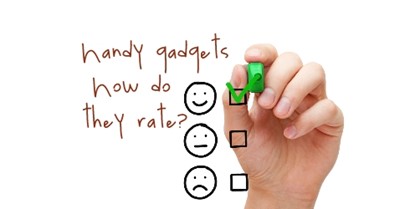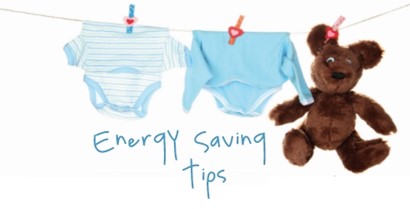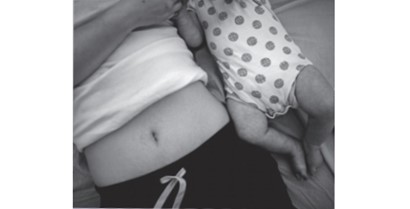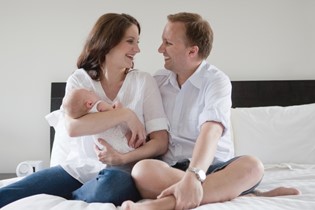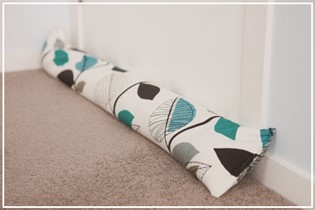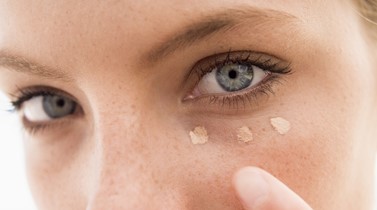Sharing Your IVF Journey With The World - Video Blogging
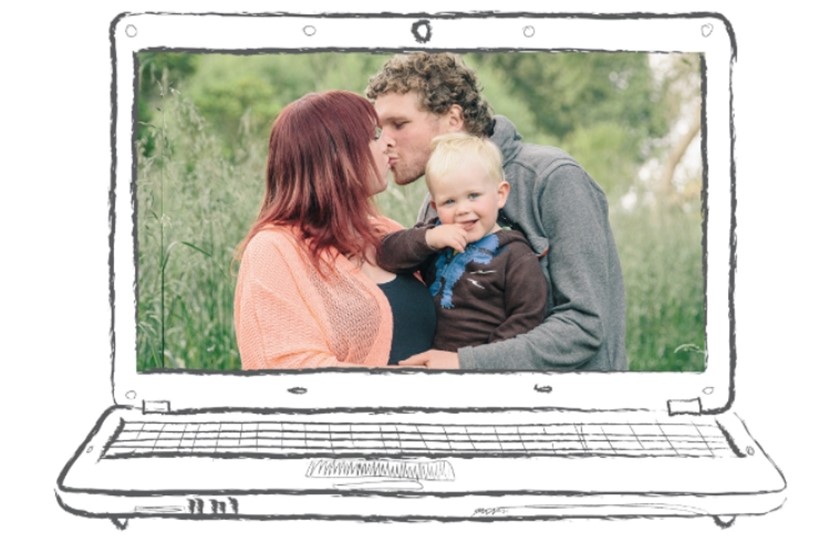
Nicole Orange of Feilding needed all her determination and courage to become a mum and it’s a journey she shared with parents across the globe.
Invitro Fertilisation (IVF) is a procedure a growing number of Kiwi couples are familiar with. It’s an uncertain, potentially heart-breaking process that requires huge financial sacrifice with no certainty of success at the end of it.
In New Zealand the most recent figures for IVF rates from the Ministry of Health show 1592 women received publicly funded IVF treatment in the 2011-2012 year. This represents a slow but steady rise since the 2008-2009 year when 1433 women had treatment. These figures don’t include privately funded IVF.
Such a journey is usually shared with only close friends and family as inevitably it’s like riding an emotional roller-coaster, with pain and discomfort from the procedure thrown in.
But if you’re Nicole Orange from Feilding, you’re happy to give the whole world a bird’s eye view of what IVF is like, even if it means accidentally showing your knickers as you jab yourself with an Ovidrel injection. (That’s the injection you use to trigger your eggs to mature and ovulate before egg-collection day.)
And around the world people have taken to watching Nicole’s journey to the tune of 3200 YouTube followers.
Twenty-six-year-old Nicole is a “vlogger”. She regularly posts video blogs at www.youtube.com/user/lilolme2005. Her followers are based mainly in the US, Australia and Britain — she’s even made firm friends with a couple of them. But the truth is, it’s a rough ride trying to get pregnant via IVF and Nicole doesn’t shy away from letting the pain show through.
Nicole began video-blogging her journey as a way of explaining to her family and friends what IVF was all about.
“I thought, if I showed people on video what really takes place, it might help.”
Some videos are shot at the IVF clinic (by her husband Martin) with close-ups of the ultrasound screen.
Nicole married her high school sweetheart, Martin, at 19, back in April 2008. A simple story, that is until they had trouble getting pregnant.
Usually, Clomid (clomiphene) works for women like Nicole with polycystic ovaries by stimulating ovulation. But Nicole took it seven times to no avail.
“That was my lowest point,” she says now of that time back in 2009. “By the seventh time I thought, ‘Oh my gosh, this is a big deal — there must be something really wrong with me!”
The next option was Puregon, a synthetic form of the hormone FSH which helps develop follicles that contain eggs.
Again, no luck. So in October 2010 Nicole started her first round of IVF. Nicole’s story is certainly no textbook case for IVF. She developed severe OHSS (Ovarian hyperstimulation syndrome) which put her in hospital for a few days. This condition usually affects around 20% of women undergoing IVF, but only about 2% must be hospitalised because of it.
“Looking back now I feel so sorry for myself as I was then. There are so many letdowns with them trying to get the right dose of drug for me… I’m not a very good candidate for IVF,” she laughs.
But good news came in November 2010 when her first embryo transfer led to a successful pregnancy and the birth in August 2011 of her son Roman.
Baby number two
Undeterred by past fertility problems, the couple ploughed on towards baby number two when Roman was nearly one year old. But their high hopes for a baby after a frozen egg transfer (using a second egg from the earlier IVF egg collection) in March were dashed six weeks later when they lost “Pancake” as a result of a miscarriage.
And if that wasn’t bad enough, in June their next IVF cycle was cancelled because Nicole’s oestrogen levels became dangerously high. Following another scan and round of blood tests, Nicole received a call from the clinic.
“She said, ‘I’m really sorry.’ As soon as she said that I knew it was over,” Nicole tells her followers in her June 5 posting. “I didn’t cry and I didn’t say anything. It was just a really disappointing day.
“Emotionally, I felt that this was worse than when I had the miscarriage. I felt defeated, like the world was coming to an end.”

And, of course, the financial cost was also considerable. It cost around $10,000 to go through the IVF procedure and of that, the couple received only $6000 back after it was cancelled.
But finally, the couple’s fortunes changed. After a successful round of IVF last August, they are expecting a baby in early June.
The costs
It hasn’t been easy raising $10,000 for each round of IVF. Martin, a tutor in agricultural studies, has gone milking in the weekends and Nicole does wedding videography as a sideline job. But then strangers can be surprisingly generous. One of her followers on YouTube — from Qatar — anonymously gave $1500. A Facebook fundraiser brought in another $2000.
But, of course, the cost emotionally is equally as high and the stress involved puts many relationships under pressure. However, Nicole and Martin found their difficulties drew them together, rather than forcing them apart.
“We knew after a few failed attempts it was going to be hard.
“I would be bawling my eyes out and he wouldn’t be saying anything. For me it was about realising that he was going to be doing it differently. And that helped me a lot because he was staying strong,” says Nicole.
And now she advises other mums enduring fertility issues to understand what’s going on with their partners.
|
At the time of interview with OHbaby! Nicole had just found out she was having a girl. Watch her gender reveal video HERE |

AS FEATURED IN ISSUE 25 OF OHbaby! MAGAZINE. CHECK OUT OTHER ARTICLES IN THIS ISSUE BELOW








